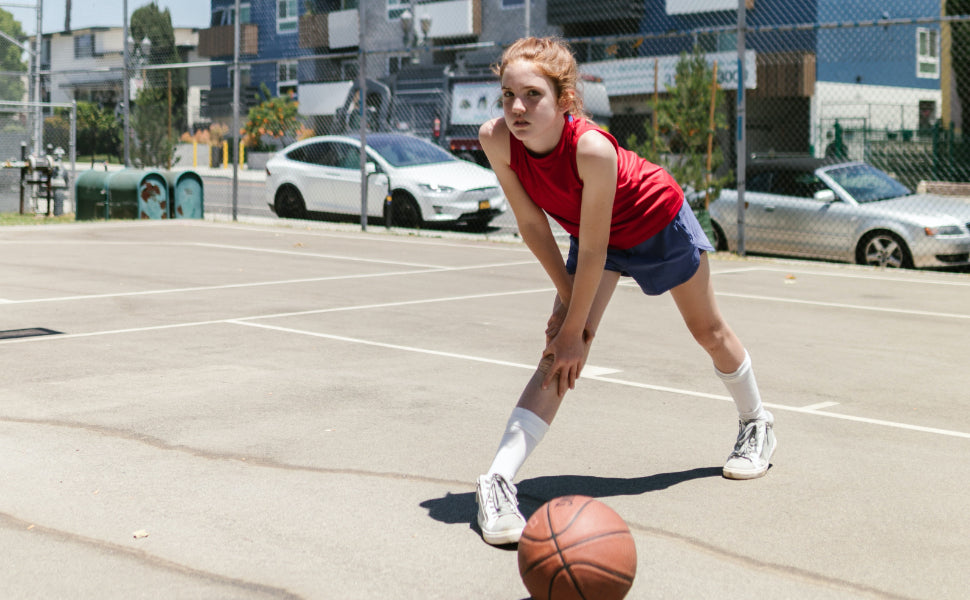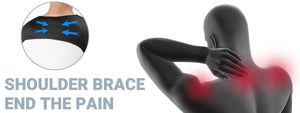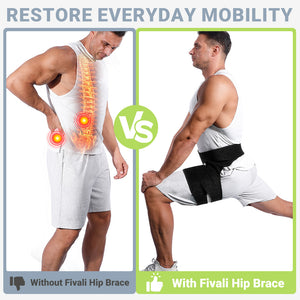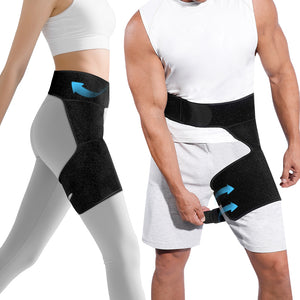Why Do My Knees Hurt?

A common problem that can affect people of all ages is knee pain. This article provides a concise overview of potential causes of knee pain, along with practical advice on how to prevent and manage it. The article concludes by emphasizing the importance of identifying the underlying causes of knee pain and adopting preventive measures to maintain knee health.
Common Causes
Many different things can lead to knee pain, which is a common issue. Among the most typical reasons for knee pain are:
- Overuse injuries: These include iliotibial band syndrome and patellofemoral pain syndrome, which are brought on by repetitive stress on the knee joint from activities like running and jumping.
- Traumatic injuries: Tears in ligaments or meniscus can result from a direct blow to the knee or an abrupt twisting motion.
- Mechanical problems: Knee pain may be caused by conditions such as arthritis or chondromalacia patellae, which affect the alignment or structure of the knee.
- Age-related degeneration: As people age, the cartilage in their knee joints may begin to deteriorate, leading to knee pain and stiffness.
- Obesity: Carrying excess weight places additional strain on the knee joint, which can potentially lead to knee pain and other related issues.
- Risk factors: The likelihood of developing knee pain can be raised by high-impact exercises, poor form, and specific medical disorders.
Risk Factors for Knee Pain
Several factors can increase the risk of developing knee pain. Among them are:
- High-impact exercises: Engaging in repetitive high-impact exercises, such as running or jumping, can overstress the knee joint and increase the risk of developing knee pain.
- Poor form: When engaging in physical activities or sports, using improper form or technique can put additional strain on the knees, increasing the risk of pain and injury.
- Overweight: Being obese or overweight places additional strain on the knee joints, raising the possibility of osteoarthritis and other conditions like knee pain.
- Muscle imbalances: Weakness or imbalances in the muscles surrounding the knee can affect joint stability and increase the risk of knee pain. This is frequently observed when the hamstrings or quadriceps are tight.
- Past knee injuries: A history of meniscus or ligament tears can increase the knee's susceptibility to pain and future complications.
- Aging: Degenerative changes and an elevated risk of knee pain can result from the natural wear and tear on the knee joint as we age.
- Rheumatoid arthritis and gout are two examples of medical conditions that can damage and inflame the knee joint, resulting in pain and discomfort.
It's critical to recognize these risk factors and take the necessary precautions to reduce the likelihood of developing knee pain.
Treatment Strategies
The underlying cause and severity of knee pain determine the best course of treatment. These are a few typical treatment choices:
- Rest and activity modification: You can help reduce inflammation and accelerate healing by giving your knee rest and avoiding activities that exacerbate the condition.
- Physical therapy: A physical therapist can teach appropriate movement and activity techniques and offer exercises to increase knee joint strength, flexibility, and mobility.
- Knee brace: Adding a knee brace can be a helpful treatment option for knee pain. By providing the knee joint with external support and stability, a knee brace reduces strain and discomfort during physical activity.
- Medication: To control pain and lessen inflammation, over-the-counter analgesics or anti-inflammatory medications may be advised.
- Injections: Corticosteroid injections into the knee joint may be used to reduce inflammation and relieve pain. Injectable hyaluronic acid may be recommended for individuals with knee osteoarthritis.
- Surgery: Surgical intervention may be required, depending on the severity of the condition and its underlying cause. It may be necessary to perform procedures such as ligament reconstruction, partial or total knee replacement, or knee arthroscopy.
- Alternative therapies, such as acupuncture, massage therapy, chiropractic adjustments, and other non-pharmacological treatments, can be categorized as complementary or alternative treatments.
- Lifestyle adjustments: Maintaining a healthy weight, eating a balanced diet, and getting regular exercise can all help prevent knee pain and its associated conditions.
Prevention Tips
It's critical to prevent knee pain to preserve joint health and minimize discomfort. The following is some preventative advice:
- Maintain a healthy weight: Being overweight puts additional strain on the knees, so maintaining a healthy weight can lower the risk of developing knee pain and associated disorders.
- Wear the right shoes: You can lessen the impact on your knees and lower extremities by wearing supportive, well-fitting shoes that are appropriate for the activities you perform.
- Warm-up and cool-down: To prepare the muscles and joints for physical activity, warm up properly with stretches and include stretches during the cool-down.
- Strength and flexibility training: By keeping the muscles surrounding the knee joint strong and flexible, you can reduce your risk of injury by providing support and stability.
- Employ good form and technique: You can lower your chance of suffering a knee injury by using good form and technique when exercising.
- Steer clear of high-impact activities: Engaging in high-impact activities, such as running or jumping, can overstress the knee joint and increase the risk of developing knee pain.
- Recognize warning signs: Rest and seek medical attention if symptoms worsen if you experience any pain or discomfort in your knee joint.
- Modify your activities: You can reduce knee pain by adjusting your activities to minimize their impact on your knee joint. Running can have an impact, but cycling and swimming can also have a lesser effect.
- Remain hydrated: Drinking plenty of water helps prevent dehydration, which can exacerbate knee pain, and keeps joints lubricated.
You can preserve the health of your knee joints and lower your risk of experiencing knee pain or other related disorders by incorporating these preventive techniques into your daily routine.
fivalifitness.com
Reference
Knee pain - Symptoms and causes
Why Does My Knee Hurt? Potential Causes And Treatment Options
*Disclaimer
The information provided in articles written by Fivali is intended for educational and reference purposes only. The content on this website (www.fivalifitness.com) is not intended to diagnose, treat, cure, or prevent any disease. We do not recommend self-diagnosis or self-treatment based on the information provided in our articles. Always consult a qualified healthcare professional if you have any concerns about your health or well-being.
If you are experiencing any symptoms or discomfort, we strongly recommend seeking medical attention from a qualified healthcare professional. Only a licensed healthcare practitioner can provide an accurate diagnosis and appropriate treatment plan tailored to your individual needs.













